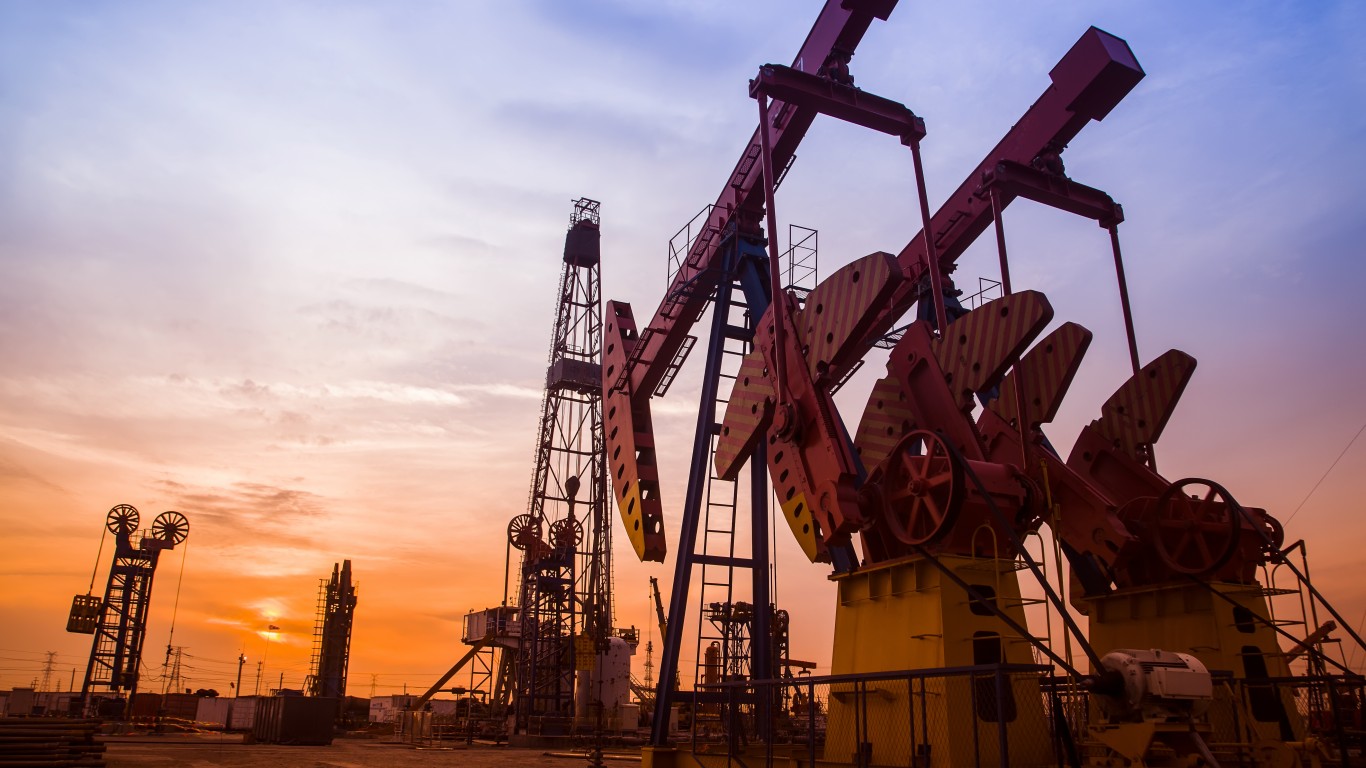Energy
IEA Cuts Crude Demand Growth Forecast as Supply Continues Outpacing Demand

Published:
Last Updated:

The drone attack on Saudi Arabia’s crude oil processing facilities in mid-September sent the global crude supply down by 1.5 million barrels a day to 99.3 million barrels a day, according to the latest International Energy Agency (IEA) Oil Market Report. Crude production recovered quickly and the price of Brent crude is now around $2 a barrel below its level just before the attack.
While noting that demand rose by 800,000 barrels a day in July and 1.4 million barrels a day in August, the IEA has lowered its forecast for demand growth in 2019 by 100,000 barrels a day to around 1.0 million barrels and reduced its forecast for 2020 by the same amount to 1.2 million barrels a day.
The IEA seemed surprised by the speed of the drop in crude prices following the attack. On the first day of trading following the drone attack, Brent crude prices spiked to $71 a barrel, a jump of about 18%. Two weeks later, crude had given all that gain back.
Here’s how the IEA viewed that turnaround: “Intuitively, the precision attacks on Saudi Arabia and the possibility of a repeat should keep the market on edge. There should be talk of a geopolitical premium on top of oil prices. For now, though, there is little sign of this …”
Just how much weight should be given to geopolitical risk to oil supply? Not much, according to Bassam Fattouh and Andreas Economou at the Oxford Institute for Energy Studies. In a report published in June, they observe:
[B]uilding a case for a sustained rise in oil prices based on geopolitical outages and the ‘war risk’ premium on their own is not realistic in the current context of weaker demand prospects and not when key OPEC members are cutting output to levels below their agreed quotas.
What holds down prices, they say, is “any deterioration in global oil demand prospects.” In its monthly report, the IEA notes that global demand is being helped by Brent prices that are 30% lower than they were a year ago. What has led to IEA’s lower demand forecast growth for this year and next are lower estimates for global GDP growth in 2019 and 2020 and the prospect of even more supply coming online in 2020.
Norway’s Johann Sverdrup project, for example, is expected to add 440,000 barrels a day of new production next year, and U.S. shale production is expected to rise by 900,000 barrels a day after adding 1 million barrels this year. U.S. production next year is forecast at 13.2 million barrels a day, according to the U.S. Energy Information Administration’s most recent Short-Term Energy Outlook.
Worries about geopolitical risks such as the drone attacks on the Saudi facilities simply don’t outweigh the overall supply-demand imbalance of global oil markets. Whatever geopolitical risk exists has been priced in already. What the market is seeking is less supply and increased demand, and that does not appear to be on the horizon.
Brent crude traded at around $60.73 a barrel Tuesday morning, down about 0.8% for the day.
The thought of burdening your family with a financial disaster is most Americans’ nightmare. However, recent studies show that over 100 million Americans still don’t have proper life insurance in the event they pass away.
Life insurance can bring peace of mind – ensuring your loved ones are safeguarded against unforeseen expenses and debts. With premiums often lower than expected and a variety of plans tailored to different life stages and health conditions, securing a policy is more accessible than ever.
A quick, no-obligation quote can provide valuable insight into what’s available and what might best suit your family’s needs. Life insurance is a simple step you can take today to help secure peace of mind for your loved ones tomorrow.
Click here to learn how to get a quote in just a few minutes.
Thank you for reading! Have some feedback for us?
Contact the 24/7 Wall St. editorial team.